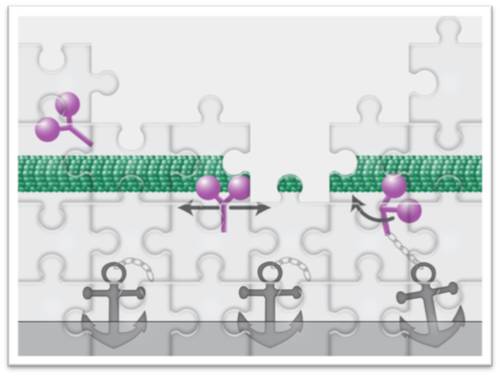
Cells have a fascinating feature to neatly organize their interior by the use of motor proteins. The motor protein cytoplasmic dynein drives a variety of motile processes, such as the transport of organelles and mRNAs, and the formation of the mitotic spindle. Yet, little is known about the behavior of individual dyneins in vivo. Researchers at the MPI-CBG in collaboration with the University of Zagreb have been successful in observing individual dynein motors as they move throughout the cell, bind to and move along the microtubule.
The authors uncovered a two-step binding process where dynein binds first to the microtubule and then also to the cortical anchor protein. They further reveal that dyneins target cortical anchors by diffusing along the microtubule and switch to directed movement upon binding to the anchor. These single-molecule observations thus bring the pieces of the puzzle together into a complete picture of the dynein behavior in vivo.
Vaishnavi Ananthanarayanan, Martin Schattat, Sven K. Vogel, Alexander Krull, Nenad Pavin and Iva M. Tolić-Nørrelykke:
Dynein motion switches from diffusive to directed upon cortical anchoring.
Cell (2013), dx.doi.org/10.1016/j.cell.2013.05.020